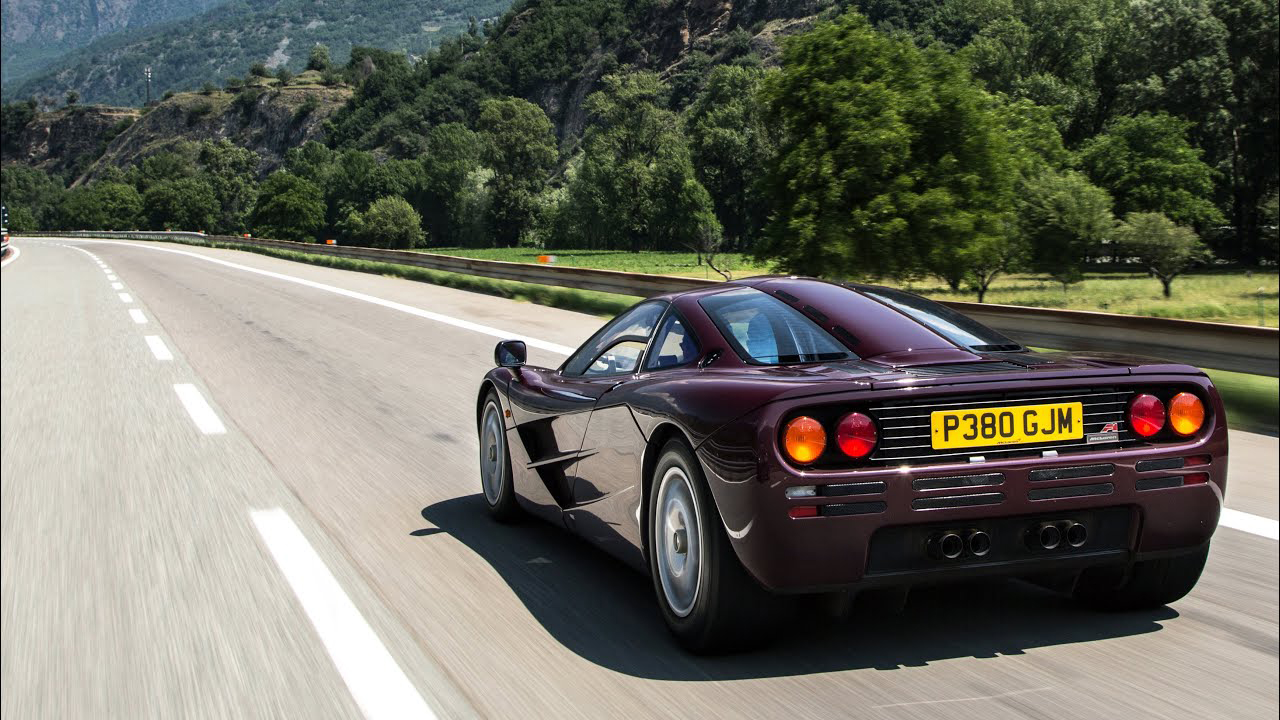

Have you ever wondered what it was like to be behind the wheel of a real-life unicorn? More specifically, a true enthusiast car made of authentic unobtanium. I’m sure we all have, and living vicariously through those with the ability to afford rarities like the McLaren F1 makes it even easier. Today, we’ll get to do exactly that.
It all starts with popular auto YouTuber James Walker—otherwise known as Mr JWW—who gives the world a rare look into the life of a supercar owner. Walker, along with several friends, documented their 3,000-mile trek across Europe in a nearly $20 million McLaren F1 and made it available online for everyone to see.
The entire 75-minute long video takes clips of the journey, which was completed back in 2017, and splices them together with Walker’s commentary on the expedition. And while a trip to high-end car shows and lavish lifestyle experiences are fun to see, we mostly enjoy the look inside the rare car that’s largely regarded as the greatest automobile ever created.
While most people who can identify a McLaren F1 are familiar with the car’s center driver seating position, most haven’t actually seen someone ride shotgun. Walker and his pals do just this, stuffing a driver, passenger, and luggage inside the cockpit of the McLaren.

Walker calls the experience as a passenger “cozy,” which is surely an understatement. Meanwhile, the driver’s view of the car’s rear is obscured by the McLaren’s high-pressure, roof-mounted intake, which designer Gordon Murray worked up with engineers to filter out water and debris as to not flood the engine. The solution? Dual rear-view mirrors mounted to the left and right side of the windshield.
It might seem weird to specifically mention the luggage being stored in the car’s interior, but that’s because the F1 really doesn’t have that much storage space elsewhere, and the cache it does haven is curated for small McLaren-specific totes.

And of course, it would be illegal for me to talk about the McLaren and not mention the 618-horsepower, naturally aspirated, 6.1-liter V12 sitting amidships. Throughout the video, you get wonderful glimpses under the rear bonnet and experience the symphony produced by roaring individual throttle bodies.
During the engine bay tour, take note of the gold-coated reflective heat shield affixed to nearly every body panel. McLaren took note of the heat in the engine bay and worked to dissipate and reflect where needed. The automaker even used early versions of active aerodynamics which not only acted as an airbrake for the car but also redirected airflow into the engine bay and down to the rear brakes for cooling.
Walker’s journey ends at the McLaren F1 25th Anniversary Tour in Bordeaux, France where he gathered with a number of other F1s to commemorate the platform’s quarter-century birthday, including the now-restored car previously owned and crashed by Tesla CEO Elon Musk.
It’s hard not to love the McLaren F1—it’s one of the last truly analog supercars built in the 20th Century and everything from the styling to the gauge cluster’s green glow screams ’90s-era rad. Since most of us will never get the chance to sit in the driver (or passenger) seat, this close-up look will have to do.

Got a tip? Send us a note: tips@thedrive.com